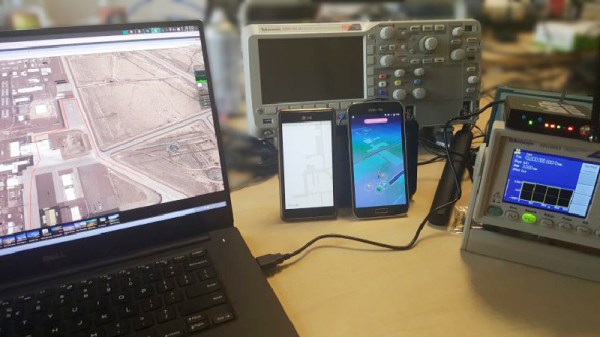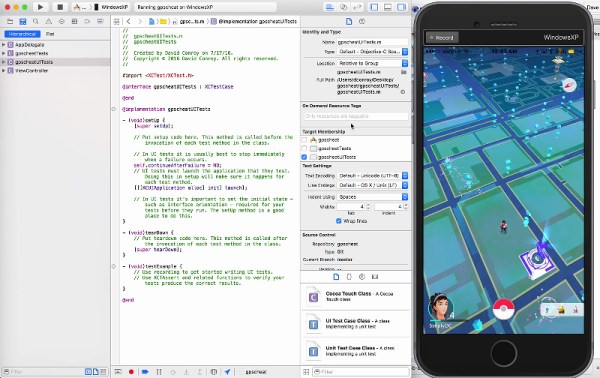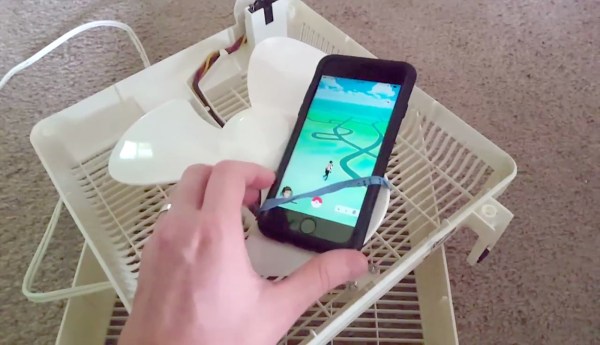Statistically, more celebrities died in 2016 than would be expected. 2017 is turning out to be a little better, but we did recently lose the great [Bill Paxton]. Game over, man. Game over. A few years ago, [Benheck] built his own pinball machine. It’s Bill Paxton Pinball. A great build, and worth revisiting, just like another viewing of Aliens and Apollo 13.
Some of the most popular 3D-printable objects are [flowalistik]’s low-poly Pokemon series. They’re great models, even though he missed the most obvious Pokemon. Of [flowalistik]’s low-poly Pokemon models, the Bulbasaur is a crowd favorite. Because this model is constructed from flat planes joined at an angle, it’s possible to make a huge low-poly Bulbasaur on a laser cutter or a CNC router. Go home Bulbasaur, you’re drunk. We are eagerly awaiting details on how this grass and poison-type tank was made.
For the last few months, [Matthew Cremona] has been building a huge bandsaw mill in his backyard. It’s built for cutting logs into lumber, and this thing is massive. He’s been posting build log videos for the last few months, but this week he’s finally gotten to where we want him to be: he’s cutting gigantic logs. In the coming weeks, he’s going to be cutting a maple crotch that’s 60 inches (1.5 meters) across.
It’s still a bit early, but here are the details for the 2017 Open Hardware Summit. It’s October 5th in Downtown Denver. If you want to speak at OHS, here you go. If you want to sponsor OHS, here you go. Tickets are over on Eventbrite.
What happens when you give away a new Raspberry Pi Zero W to the fifth caller? This. In other news, Adafruit somehow acquired a real New York City payphone. I’ve heard they were replacing these with WiFi hotspots, which means there are a ton of payphones in a warehouse somewhere? Can anyone hook us up?



 Still, the housing has seen some careful design and attention to detail in its construction. He started with a 3D CAD model from which he created a set of 2D templates to print on paper and from which to cut the wood. As many of his dimensions as possible were taken from common wood stock to save machining time, and the structure was assembled using wood glue before being sanded and filled. Finally, the intricate parts such as the Pokémon logo were 3D printed, and spray painted. The result is a pretty good real-world replica of the Pokémon Center that you’d recognise if you were a player of the original games, and he reports it was a hit with gamers in his local park.
Still, the housing has seen some careful design and attention to detail in its construction. He started with a 3D CAD model from which he created a set of 2D templates to print on paper and from which to cut the wood. As many of his dimensions as possible were taken from common wood stock to save machining time, and the structure was assembled using wood glue before being sanded and filled. Finally, the intricate parts such as the Pokémon logo were 3D printed, and spray painted. The result is a pretty good real-world replica of the Pokémon Center that you’d recognise if you were a player of the original games, and he reports it was a hit with gamers in his local park.













